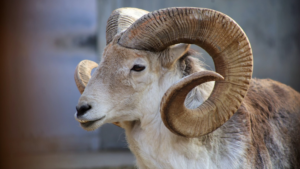
Marco Polo Sheep
A large wild sheep with iconic spiraled horns
Conservation Status | Near Threatened
The Marco Polo Sheep (Ovis ammon polii), known for its long, spiraled horns, is a wild sheep species native to the mountainous regions of Central Asia, particularly the Pamir Mountains. Named after the explorer Marco Polo, who first described them in the 13th century, these sheep are an important species in their high-altitude habitats and are prized for their unique appearance.
Habitat & Lifestyle
Marco Polo Sheep inhabit open, rugged terrains at altitudes between 3,700 and 5,500 meters. They are primarily grazers, feeding on grasses and shrubs, and are active during the day, with most of their activity occurring in the early morning and late afternoon. These sheep are social, usually forming herds, though adult males often separate into smaller bachelor groups outside the mating season.
Area Found
While Marco Polo Sheep are mainly found in Tajikistan, they also roam across parts of Afghanistan, Kyrgyzstan, and northern Pakistan, particularly in the high-altitude regions of Gilgit-Baltistan. The Khunjerab National Park in Pakistan offers a protected habitat for them.
Quick Facts
- Height: 85-100 cm at the shoulder.
- Weight: 70-130 kg.
- Known for their impressive spiraled horns, which can grow up to 140 cm in males; females have shorter, less curved horns.
- Primary predators include snow leopards and wolves.
- Unique Feature: Marco Polo Sheep have the longest horns of any sheep species, which they use for defense and competition during the mating season.
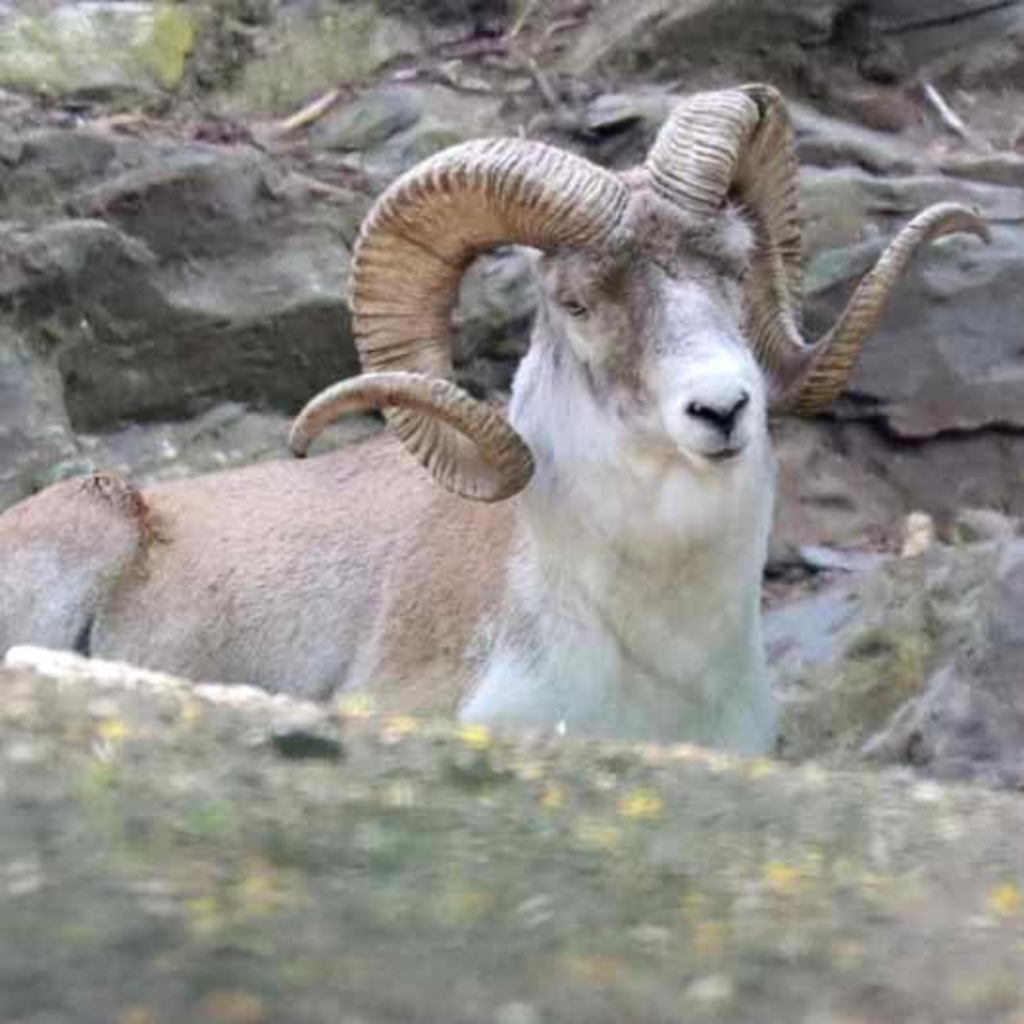
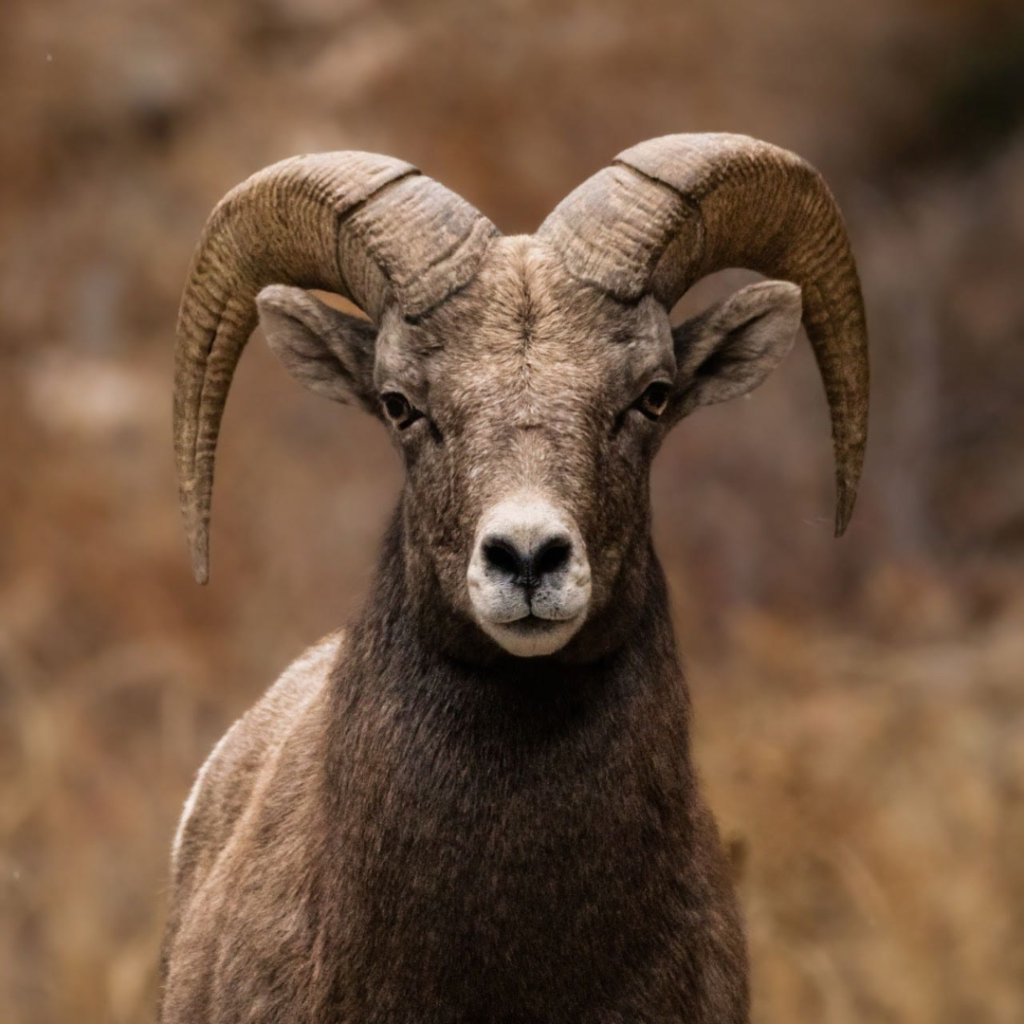
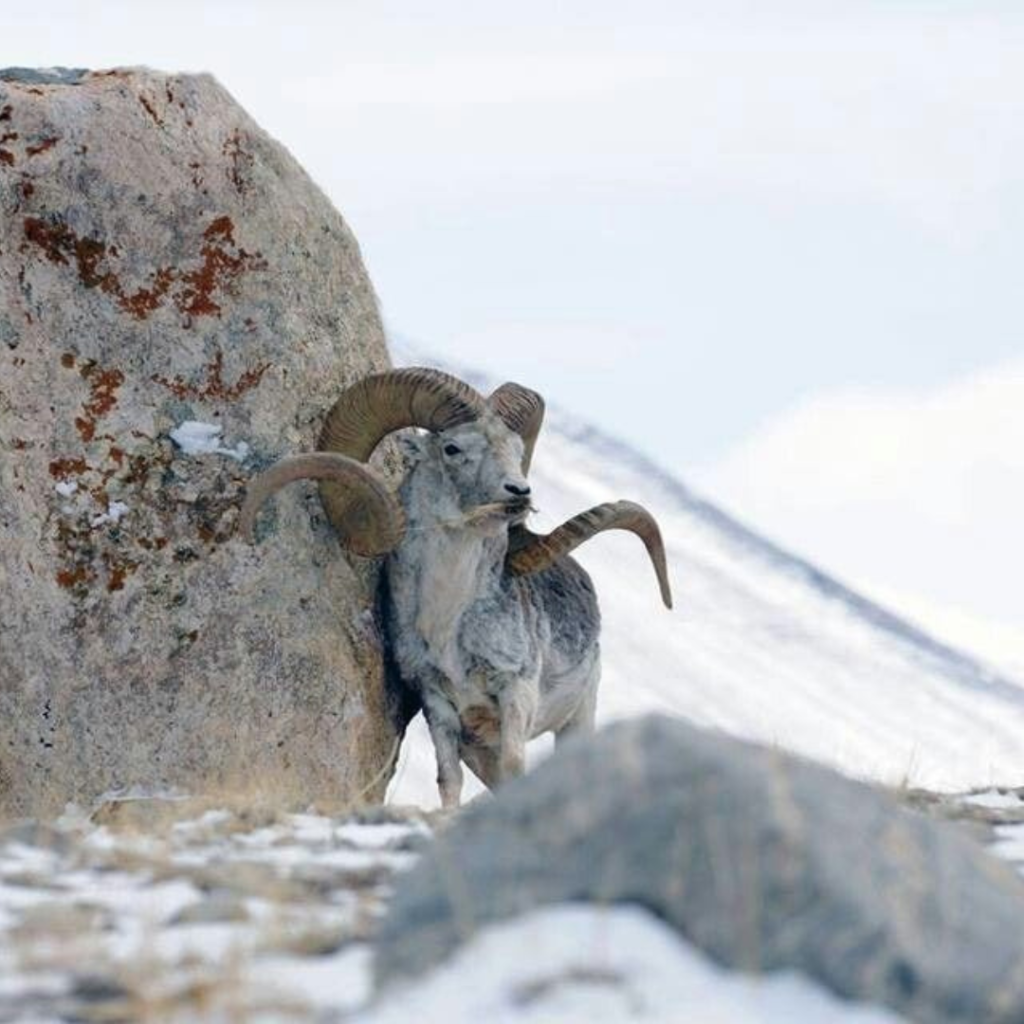
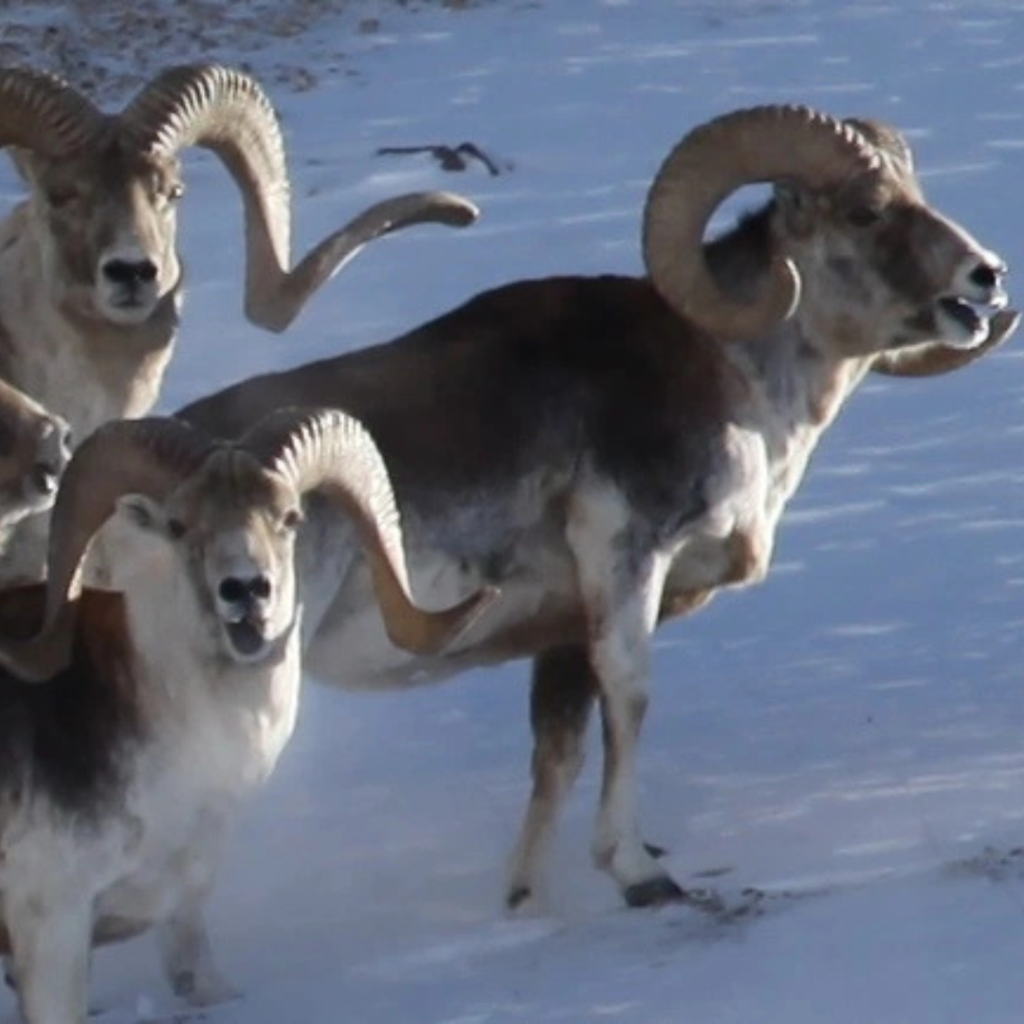
Did you spot a mistake or have more to add? Let us know!
Your feedback helps Haewan keep information accurate and up-to-date.
